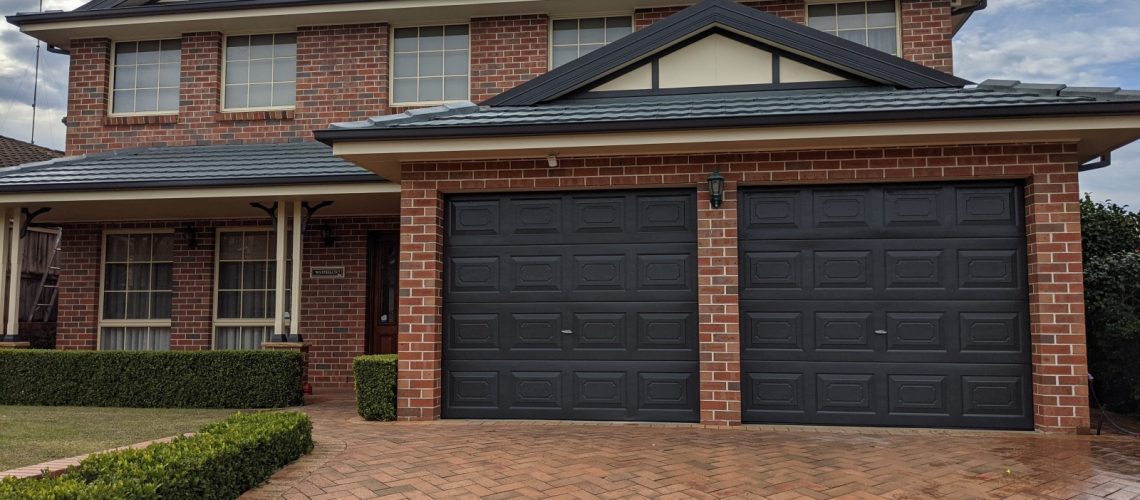Many people think that a painting job can be done easily by just anybody. Some are pretty hesitant to get professional help because they are thinking of the high cost of getting one. But they do not realize the higher cost, stress and time they might consume once they encounter specific problems after conducting a house painting on their own.
Let us check on the common problems usually encountered in a house painting.
- Surface Preparation
The most important but the most neglected part in any house painting is preparing the surface.
Most homeowners did not know how to prepare the surfaces of their walls or ceilings or furniture, before conducting a painting. It does take time in this surface preparation, and most of them have limited time in doing a painting job so they tend to disregard it.
Surface preparation is quite essential in the whole painting process because the best foundation to bond with paint is a clean and durable, well-prepared surface. For your information, the paint will not get along with dirt, chemicals or oil and grease, paint will not combine well and expect it will not be long-lasting. Also, applying a primer to the surface properly even in a thin layer is fairly helpful to prepare the surface before painting.
Remember, if you want to increase paint durability on your walls or ceilings, you should prepare the surfaces first so to ensure better paint adhesion and bond to the surface completely.
- Flaking or Peeling of Paints
Many factors affect the paint adhesion whether in the interior or exterior house painting, such as, 1.) excess moisture or the presence of moulds in the area you are planning to paint which usually deteriorates the paint. Expert Tip: Consider installing an air conditioner to reduce moisture levels, just be cautious of some of the common air conditioner problems.; 2.) paint is applied into unclean walls or surfaces, as mentioned earlier, paint can’t bond completely if there are dirt or other chemicals on your walls or ceiling; and, 3.) some homeowners are using latex paint on top of oil paint which is a common practice. These all drill down to the improper preparation of your house or room before doing a painting job.
Flaking or Peeling of paints can be resolved by sanding the affected area then repaint, for larger affected areas, it should be treated immediately then repaint the whole area, especially if you are encountering Molds problem. This is necessary to avoid health problems with the moulds of your house or building.
- Cracking of Paints
Another problem that usually occurs is the cracking of paints, caused by dry paint film splitting from one or more paint coats. High water content and high Humidity are factors that make paint cracks, for instance, wood can easily expand or contract when the level of humidity changes. And this would allow surface coats to crack eventually. Some homeowners failed to use low-quality paints or sometimes, expired paints because of their budget constraint these can just make them stressed when the paint started to crack little by little. High-quality and fresh paints are highly recommended to use in a beautiful and durable house painting.
Cracking cannot be fixed by just covering the cracks with paint which will only result in uneven texture, the proper way is to remove all the cracked paint prepare to sand, primer application and repaint.
- Running
When you see paints are sagging or dipping vertically on the surface, this is another common problem of house painting, called running. This is caused by too much paint used during the actual painting, the low viscosity of the paint, irregular spraying or you are using too big a spray nozzle or too close to the surface and sometimes, the surface temperature is too low.
Fix the running paint if not yet dried through painting it over, then wait to dry, use sandpaper to smoothen the surfaces and try to wipe it out completely then repaint.
- Fading paints
Fading paints is the usual problem in exterior painting, this is due to excessive sunlight, Ultraviolet radiation can easily break down paint pigmentation. By using low-quality paints or with low film thickness and applying darker colours can all lead to easier and faster fading of paints.
Exterior painting is also prone to fading easily due to extreme weather conditions.
Using lighter paint colours can reduce excessive sunlight absorption and attraction, and also getting a high-quality primer to be applied first during surface preparation and high-quality paints with UV resistance with inorganic pigments can lessen this problem in your house painting.
To ensure that you will not encounter these common problems in house painting, Grab your phone and Call Maz!

